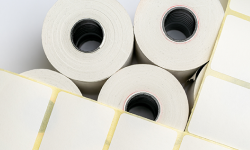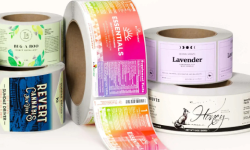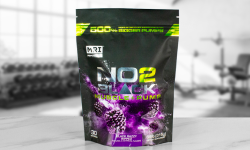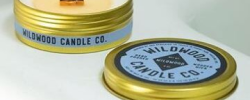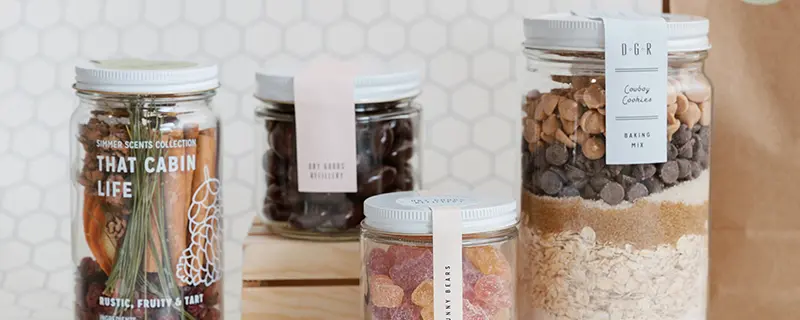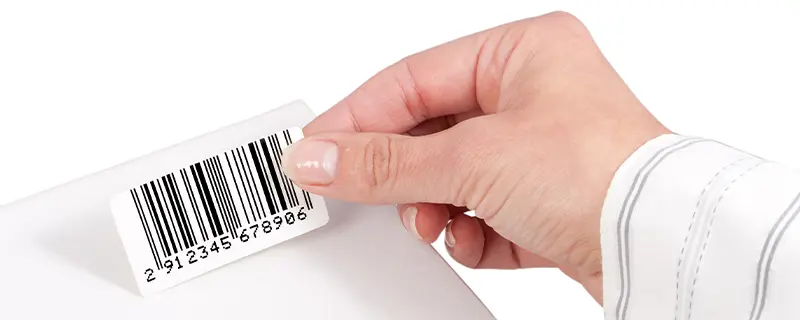Developing all the aspects of a new product can be a rather daunting and time intensive process. Not only does one have to design, develop, and create the actual product itself, but also has to choose product packaging and design the product's labels. Often times we see customers who choose really cool and unique packaging for their products in an effort to 'stand out from the competition', but sometimes don’t consider what that packaging decision means for their custom product labels. After all, not all packaging is conducive to allowing a product label to adhere effectively.
During the process of designing your product and choosing the packaging, never assume that you can effectively label every package that’s available to you. There are virtually unlimited options when it comes to choosing a package for a product. The truth is that some packages and self-adhesive labels are not always a match made in heaven. There are many containers that are a complete nightmare when attempting to apply a product label.
Self-adhesive product packaging labels (also called pressure-sensitive labels in the printing industry) work and look best when applied to a stable package surface. For example, when was the last time you saw a toothpaste tube with a self-adhesive label on it? Ever wondered why? The reality is that squeezable tubes and labels are usually not an effective combination. This is because a tube gets subjected to some serious abuse during its life, the shape is distorted beyond recognition, and a label would be very unlikely to survive. This is why most products with soft or malleable packaging have designs that are screen-printed (printed directly on the packaging, typically before it's filled) rather than have a traditional label applied. That’s a completely separate part of the printing industry with very different and unique challenges – and it’s not something we do here at Wizard Labels. So, if you think that digitally printed product labels are best for your needs, then you will need to consider the the shape of your potential product packaging and what it means for your labeling options.
Here’s a critical tip – and it’s helped many customers avoid expensive packaging/labeling mistakes. Before you start designing or ordering labels, make sure you have the intended package in your possession. We even recommend having a few different package samples in your possession before considering designing and ordering labels. In every labeling situation, creating a mock label is a good rule of thumb. To “mock up” a rough product label design, you can simply draw and measure the intended shape on a piece of paper – then cut it out and try to apply it to the container. If it doesn’t lie flat against the surface or gets misshapen by the taper of the container (or has wrinkled edges), you know you have a problem. It may be possible to overcome the issue using smart product label design, but it’s critical to understand the challenges very early in the process. For more insight into testing a product label design before ordering, feel free to check out our previous blog post here.
If you’re not quite sure whether digitally printed self-adhesive labels are a proper decision for your product, feel free to reach out to us for guidance - we can't tell you which specific container will work best for your product, but we can check your chosen approach for potential labeling challenges. There's a very good chance that we've helped previous customers with similar labeling issues, and we may have solutions that can be directly applied to your unique situation.
